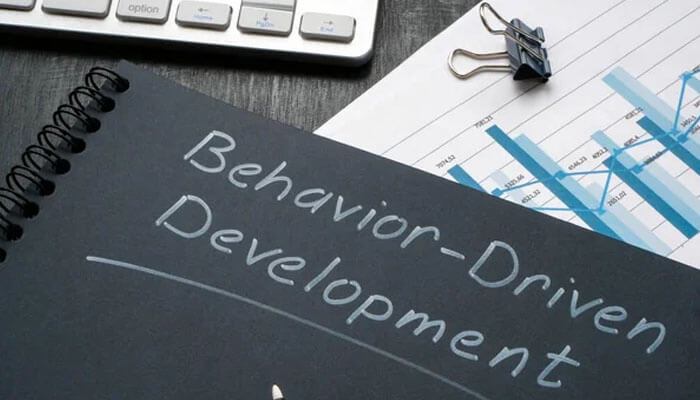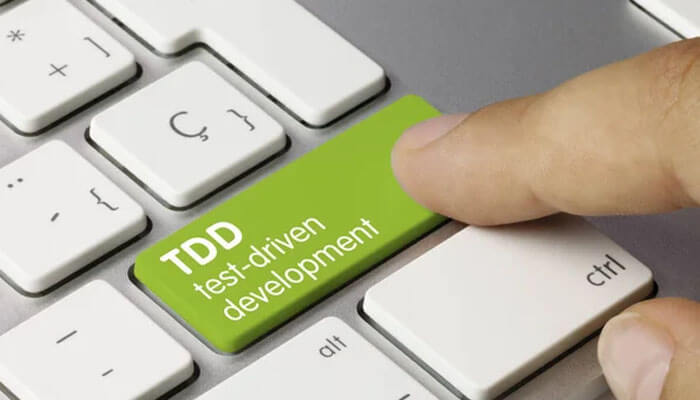Software development is an intricate process that necessitates close coordination among developers, testers, and stakeholders. Behavior-driven development (BDD) is one strategy that has grown in favor in recent years. It focuses on connecting business goals with technical execution, resulting in greater communication, quality, and customer satisfaction. In this article, we will take a look at the basics of BDD and how it can help with software development.
Bridging the Gap in Understanding BDD
What is BDD? It’s a method of agile software development that stresses cooperation, interaction, and shared understanding among all stakeholders. It seeks to bridge the gap between business needs and technical execution by focusing on software behavior from the standpoint of the end user. BDD promotes collaboration among developers, testers, and corporate officials, ensuring that everyone is on the same page about the desired program behavior.
Gherkin Syntax: Shared Language
The adoption of a shared language to improve communication and clarity is a core feature of BDD. BDD frequently uses Gherkin syntax, a structured language for defining test cases. Gherkin employs a simple and human-readable style in which stakeholders can express the desired behavior of the software using terms such as ‘Given,’ ‘When,’ and ‘Then.’ This common language guarantees that all parties involved understand the desired program behavior.
Communication and Coordination
Collaboration is a fundamental principle of BDD. Throughout the development process, BDD encourages all stakeholders, particularly business representatives, developers, and testers, to collaborate closely. BDD guarantees that all parties have an identical comprehension of the software requirements by encouraging constant communication and collaboration. This decreases the possibility of misunderstandings and enhances the overall quality of the product.
User-Centered Design
User-centric development is emphasized heavily in BDD. BDD emphasizes software behavior from the user’s perspective to ensure it meets end users’ requirements and desires. BDD further enables stakeholders to create user stories and acceptance criteria that express the required software behavior unambiguously. This approach prioritizes development activities and ensures the product’s optimal value for end users.
Integration of Test-Driven Development (TDD)
BDD and Test-Driven Development (TDD) complement each other. What is TDD? TDD is a development approach in which tests are written prior to implementing code. TDD is supplemented by BDD, which provides a higher-level view and ensures that tests are matched with business requirements. BDD enables the generation of executable specifications that act as living documentation, assisting developers in the creation of code that conforms to the specified behavior. The combination of BDD and TDD fosters quality-driven development by maintaining a tight feedback loop.
Early and Ongoing Testing
Throughout the development process, Behavior-Driven Development encourages early and ongoing testing. Behavior-driven development encourages stakeholders to begin thinking about testing early in the development process by developing acceptance criteria and test cases in advance. This aids in the early identification of potential issues or misconceptions, lowering the cost of rework and ensuring that the program satisfies the specified quality requirements. Moreover, continuous testing throughout the development process provides immediate feedback and allows teams to make timely improvements to guarantee that the product is behaving as expected.
Better Documentation and Living Documentation
Traditional documents frequently become outdated and irrelevant over time. Behavior-Driven Development overcomes this issue by giving executable specs as living documentation. These specifications, written in Gherkin syntax, act as living, operational documentation that is always up-to-date and consistent with the behavior of the software. This dynamic documentation enhances transparency, allows for improved cooperation, and guarantees that all stakeholders understand the software requirements.
To Sum Up
Behavior-Driven Development (BDD) is an intense approach that improves software development by fostering productive communication, mutual comprehension, and user-centric development. BDD guarantees that software development efforts align with company goals and result in high-quality, customer-oriented software solutions by employing a shared language, promoting collaboration and communication, integrating with Test-Driven Development (TDD), fostering early and continuous testing, and providing living documentation. In the dynamic and fast-paced world of software development, adopting BDD foundations can lead to better productivity, greater software quality, and improved customer happiness.



